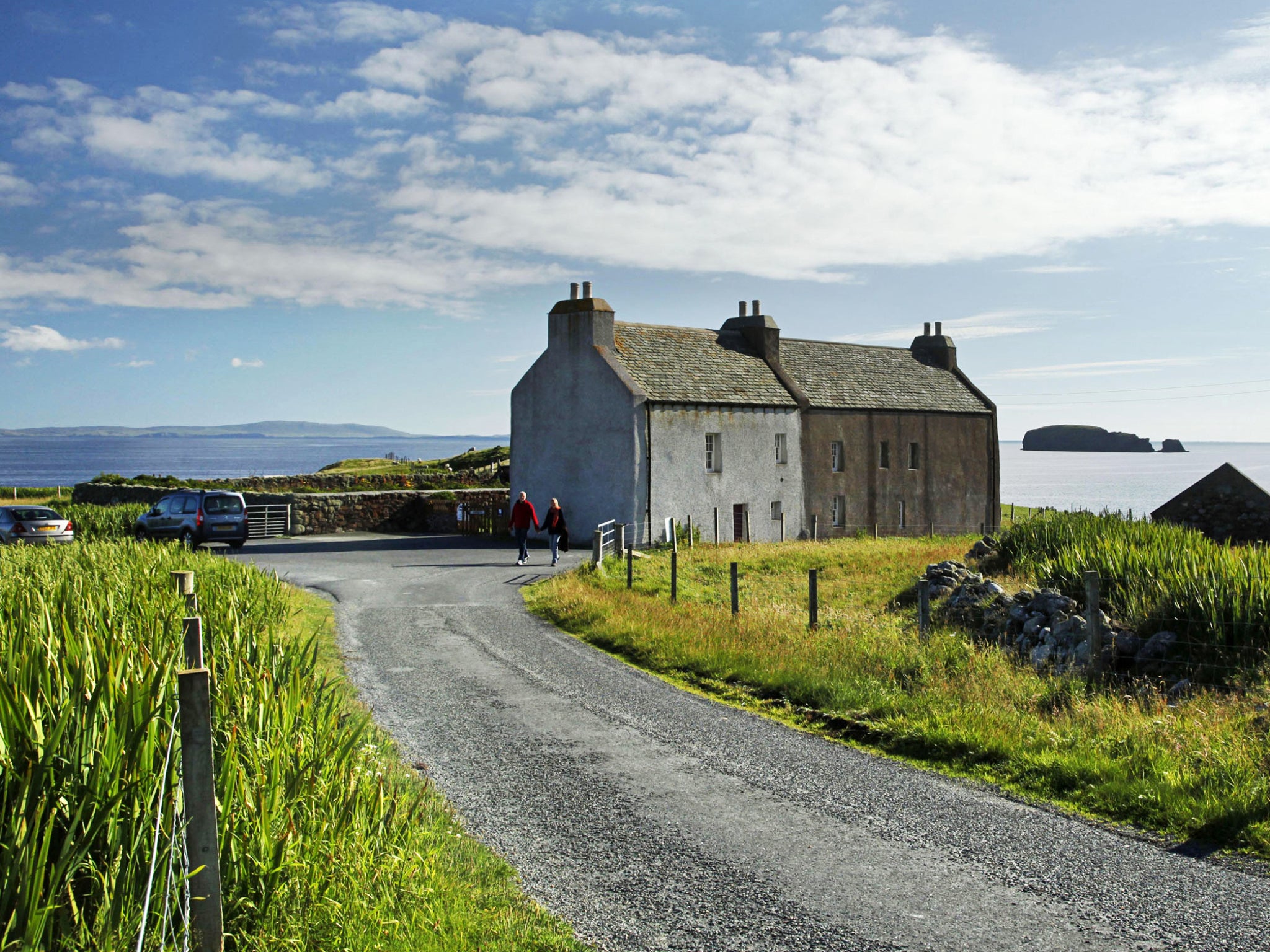House prices strong in areas of falling unemployment
In the ten areas with the largest fall in the unemployment rate since March 2013 the average house price has grown by eight per cent

Homeowners in areas with the largest falls in the unemployment rate have seen the value of their property jump by nearly £136,000 over the last 10 years, says a new report.
According to new research by Lloyds Bank, the average house price in the 10 areas that recorded the largest falls in the unemployment rate in the last decade rose by 68 per cent. The unemployment rate in these areas fell by 1.3 per cent during the same period.
In the Shetland Islands the average house price has more than doubled in the past decade to £153,782, followed by Hackney (84 per cent), Southwark, Western Isles (both 78 per cent), Lambeth (76 pe cent) and Tower Hamlets (72 per cent). All of these areas have seen their unemployment rate fall by between 1.1 per cent and 1.8 per cent since 2004.
These areas have outperformed the rest of the country as a whole, with UK average property prices growing by 22 per cent (£36,482) to £199,039 over the same period, while the national unemployment rate is 0.5% higher.
The top 10 areas with the lowest house price performance and a higher unemployment rate are generally concentrated in Northern Ireland and outside southern England. These areas include Lisburn in Northern Ireland where the average house price has grown by 5% to £121,310 in the past decade. Lisburn is followed by Craigavon in County Armagh (9%), Belfast (14%), Newport in south east Wales (15%) and Blackpool (19%). The top ten areas with the lowest price performance have an unemployment rate that is on average 2.2% higher now than in March 2004.
Falling unemployment in the past year has been one of the factors helping house prices. In the ten areas with the largest fall in the unemployment rate since March 2013 the average house price has grown by eight per cent. Areas with the largest increases include Middlesbrough (12 per cent), Hull (11 per cent), Barking and Dagenham, Peterborough and Oldham (all 10 per cent).
"In general, house price growth over the past decade has been stronger in the areas that have seen the biggest falls in the unemployment rate," said Nitesh Patel, housing economist at Lloyds Bank. "Areas in northern Scotland and inner London have generally outperformed other areas on both house price performance and a lower unemployment rate.
"During the recession of 2008-09 property values fell across most areas, even where the unemployment rate rose only marginally. This does highlight that while unemployment is important there are also other factors that drive house prices, such as affordability, earnings growth and low housing supply which will have contributed to rising prices in the earlier year."
Join our commenting forum
Join thought-provoking conversations, follow other Independent readers and see their replies
Comments
Bookmark popover
Removed from bookmarks